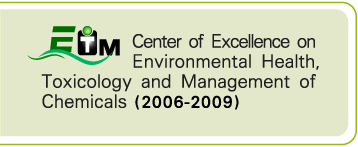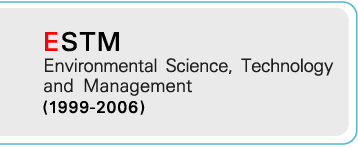| This research aimed to investigate the role of the long sludge age and short cycle time of AnA The results showed that the COD, TKN, and TP removal efficiencies were in the range of 94.35%-99.59%, 63.20%-99.63%, and 74.72%-99.45%, respectively. The average COD, TKN, and TP removal efficiencies were affected by SRT. The average TKN, and TP removal efficiency at SRT of 70 days was significantly higher than that of SRT of 60 days (p<0.05). In addition, the average COD removal efficiency at SRT of 60 days was significantly higher than that of SRT of 80 days (p<0.05). Whereas, the average COD, TKN, and TP removal efficiency showed no significant difference at the first anoxic time/ second anoxic time ratios of 1:8, 1:6, and 1:4. The model development for describing the biological behaviors of nitrogen and phosphorus removal was developed based on activated sludge model. Model calibration was carried out on the separate batch experiments for denitrification, nitrification, phosphorus release, and phosphorus uptake batch. Based on the sensitivity analysis results, the µH,S, ηNO2, ηNO3, kSTO, YH,S, and YH,STO had an influence on the denitrification process. The µAOB, µNOB, YAOB and YNOB had an influence on the nitrification process. The qPO4, qPP, YPHA, Kmax,PAO had an influence on the biological phosphorus removal. The presented model was verified by the experiment of AnA . แหล่งข้อมูล:
|
 Center of Excellence on Environmental Health and Toxicology (EHT)
Center of Excellence on Environmental Health and Toxicology (EHT)










